
Imagine a future where factories, power plants, and transportation systems run seamlessly, with machines that rarely, if ever, break down. A future where industrial equipment alerts maintenance teams before a potential issue arises, preventing disruptions and maximizing efficiency. This vision is not a far-off dream but a reality driven by predictive maintenance. As industries continue to evolve, the reliance on predictive maintenance is set to grow exponentially, offering businesses a smarter, more efficient way to manage their equipment.
How To Increase Efficiency in Your Production Lines With Predictive Maintenance
By harnessing the power of real-time data and advanced analytics, predictive maintenance empowers companies to foresee problems, schedule timely repairs, and ensure smooth operations. This proactive approach is transforming industries, paving the way for a future where downtime is virtually eliminated, and productivity soars.
Here, we explore key strategies that can help companies unlock the full potential of predictive maintenance, making this futuristic vision a reality.
Firstly, What is Predictive Maintenance?
In simpler words, predictive maintenance involves using data-driven tools and techniques to monitor the health of equipment and predict when maintenance is required. Unlike preventive maintenance, which relies on scheduled checks, predictive maintenance uses real-time data to identify issues before they escalate. Technologies such as machine learning, artificial intelligence, and IoT sensors play a crucial role in gathering and analyzing data, enabling maintenance teams to address potential issues proactively.
Top Strategies for Successful Predictive Maintenance
- Data Collection and Analysis
The foundation of predictive maintenance lies in data. Gathering accurate, real-time data from equipment is the first step in implementing an effective PdM strategy. Sensors can measure various parameters such as temperature, vibration, pressure, and electrical signals, providing insights into the operational status of machinery.
However, collecting data alone is not enough. Advanced data analytics tools, including AI and machine learning, are used to analyze the data and identify patterns. This helps in predicting failures with high accuracy. By constantly monitoring equipment data, predictive maintenance systems can alert teams about anomalies and potential faults before they become critical.
- Implementing Condition Monitoring
Condition monitoring is a core component of predictive maintenance. It involves regularly tracking the physical and performance characteristics of machinery to detect signs of wear or malfunction. Common condition monitoring techniques include:
- Vibration Analysis: Detects imbalances, misalignments, and bearing issues in rotating equipment.
- Thermography: Identifies overheating components, which may indicate electrical faults or mechanical friction.
- Ultrasound Testing: Detects leaks and abnormal sounds in equipment, useful for monitoring fluid systems and mechanical components.
By implementing these techniques, industries can continuously monitor the condition of their assets and take corrective actions before a breakdown occurs.
- Leveraging IoT and Smart Sensors
The Internet of Things (IoT) has transformed the way industries approach maintenance. Smart sensors embedded in machinery can transmit real-time data to centralized systems, offering continuous insights into equipment performance. These sensors can detect minute changes in temperature, vibration, humidity, and other factors, which can be critical for predicting equipment failures.
Using IoT, businesses can create a network of interconnected devices, which enhances the ability to collect and analyze data remotely. This seamless integration of IoT into predictive maintenance enables more precise monitoring, quicker diagnosis of issues, and efficient maintenance planning.
- Using Machine Learning and AI Algorithms
Predictive maintenance is greatly enhanced by machine learning and artificial intelligence. These technologies can analyze vast amounts of data to identify patterns that may not be visible to the human eye. Machine learning algorithms can learn from historical data and make accurate predictions about future equipment behavior.
AI can process real-time data, continuously improving its models to offer more precise diagnostics and recommendations. By integrating AI with predictive maintenance systems, companies can achieve higher accuracy in predicting when equipment will fail, enabling timely interventions and better maintenance scheduling.
- Establishing a Centralized Maintenance Management System
A centralized maintenance management system, often known as a Computerized Maintenance Management System (CMMS), is essential for effective predictive maintenance. A CMMS helps track the status of equipment, manage maintenance tasks, and store data collected from various sensors and monitoring tools. It can schedule routine inspections, alert teams about potential issues, and keep a record of past maintenance activities.
Having a centralized system ensures that maintenance teams have easy access to all necessary data, making it easier to plan and execute maintenance activities. Additionally, a CMMS can help track key performance indicators (KPIs) and analyze the effectiveness of the predictive maintenance strategy.
- Developing Data-Driven Maintenance Schedules
It goes without saying that effective predictive maintenance relies on developing data-driven maintenance schedules that align with actual equipment needs. Instead of following rigid maintenance intervals, companies can use data analytics to determine the optimal times for maintenance activities. This helps in minimizing unnecessary maintenance, reducing operational costs, and avoiding the risk of equipment breakdowns.
By continuously analyzing data, companies can adjust maintenance schedules based on real-time conditions, making the entire process more efficient and responsive.
- Training and Empowering Maintenance Teams
Even with the best technology, predictive maintenance strategies will only be successful if the maintenance team has the necessary skills and knowledge. Companies should invest in training their teams to interpret data, operate advanced diagnostic tools, and understand the principles of predictive maintenance. Empowering maintenance personnel with the right skills ensures that they can make informed decisions and effectively use predictive maintenance systems.
Regular workshops, online training, and certifications can help build a team that is adept at using the latest predictive maintenance technologies. This is where Artesis can help you.
The Bottom Line
Predictive maintenance represents a shift from traditional maintenance practices to a more proactive, data-driven approach. By implementing key strategies such as data collection and analysis, condition monitoring, leveraging IoT, and using machine learning, companies can maximize equipment uptime and reduce operational costs. The ability to predict when machinery is likely to fail allows businesses to plan maintenance activities more effectively, avoiding costly unplanned downtime.
Investing in predictive maintenance is not just about adopting new technologies; it’s about transforming how maintenance teams operate, enhancing productivity, and ensuring that machinery continues to run at its best. As technology continues to evolve, predictive maintenance will become an even more integral part of industrial operations, paving the way for smarter, more efficient maintenance solutions.
Contact us today if you have any queries about how to implement predictive maintenance.





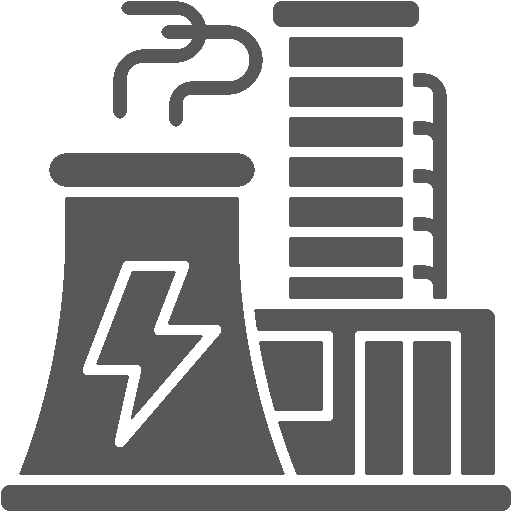
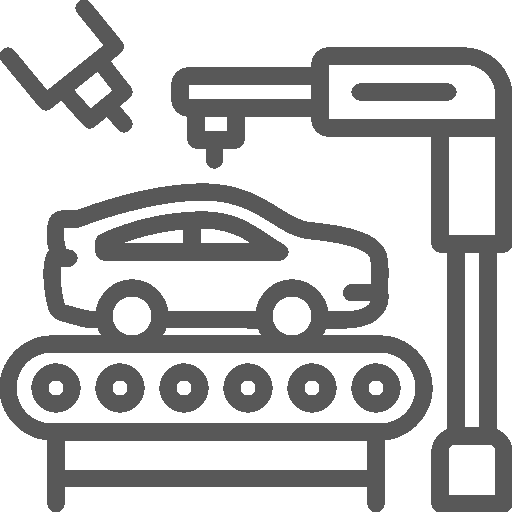
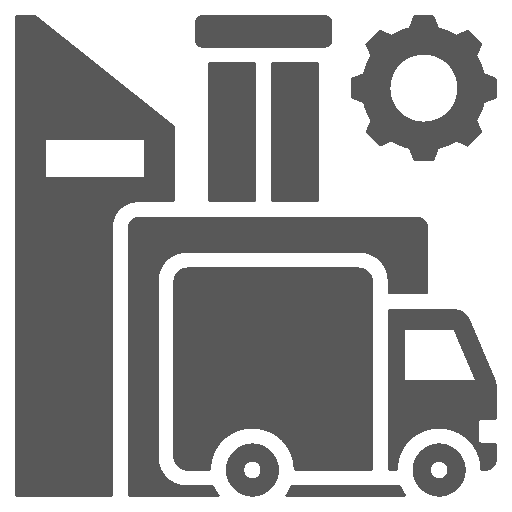

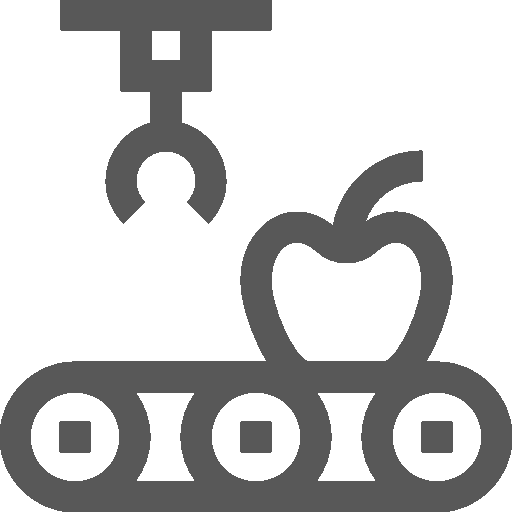
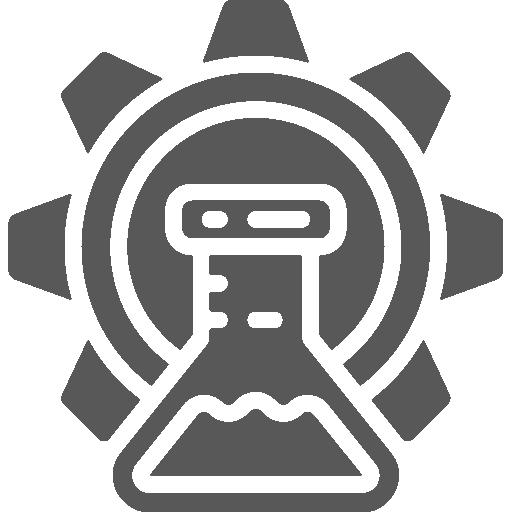
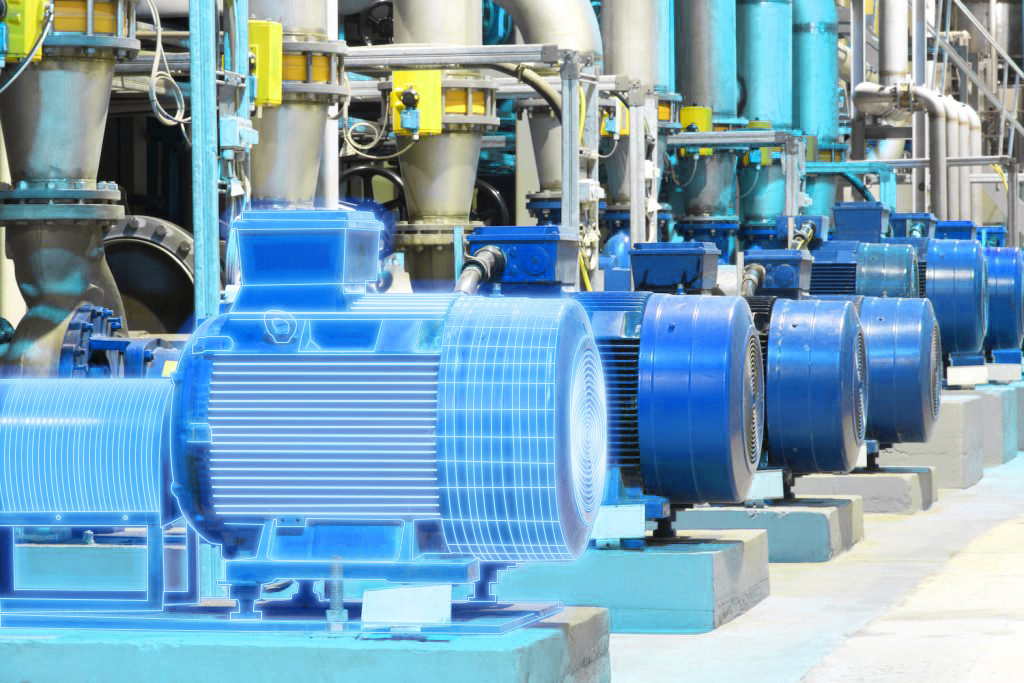
 White Papers
White Papers Case Study
Case Study Documents
Documents Webinars
Webinars Events
Events ROI Calculator
ROI Calculator FAQ
FAQ